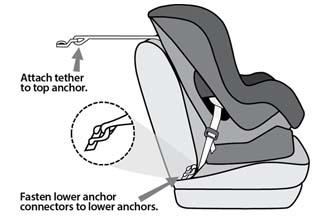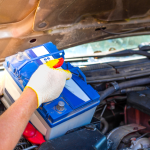As parents, nothing is more important than the safety and well-being of our little ones. Every time we buckle them into the car, we’re faced with the responsibility of keeping them secure during our journeys. Car seat safety is a crucial aspect of protecting our children while on the road. Unfortunately, many parents may not realize that improper installation or use of car seats can significantly increase the risk of injury in the event of an accident.
This article aims to provide you with essential tips for ensuring your child’s car seat is safe and secure, along with information on where to get your car seat checked by professionals. With the right knowledge and resources, you can confidently hit the road, knowing that your child is safe and sound. Let’s dive into the best practices for car seat safety!
Table of Contents
- Understanding Car Seat Types and Their Importance
- Essential Installation Tips for Maximum Safety
- Finding Local Resources for Car Seat Checks
- Signs Your Child’s Car Seat Needs an Update
- Q&A
- The Conclusion
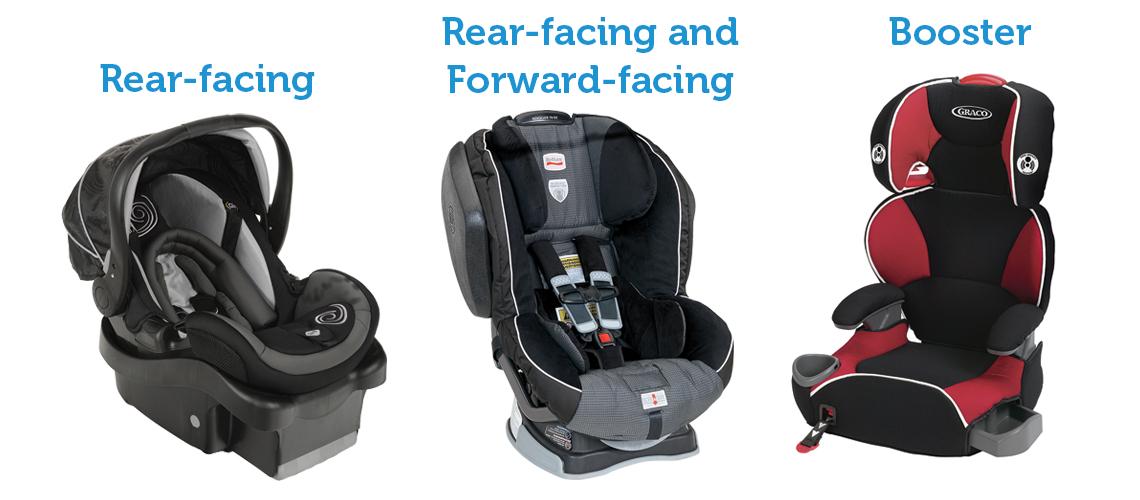
Understanding Car Seat Types and Their Importance
Choosing the right car seat for your child is crucial for ensuring their safety while traveling. There are several types of car seats available, each designed to cater to children at different stages of development. The main categories include:
- Infant Car Seats: Rear-facing only and designed for newborns up to around 2 years old.
- Convertible Car Seats: These can be used in both rear-facing and forward-facing positions, accommodating children from infancy through toddlerhood.
- Booster Seats: Meant for older children who have outgrown their forward-facing car seats, these provide elevation to ensure the car’s seat belt fits properly.
- All-in-One Car Seats: Versatile seats that transition from rear-facing to forward-facing to booster mode, offering longevity and convenience.
Each type of car seat plays an important role in protecting young passengers. The appropriate use of these seats can dramatically reduce the risk of injury during a crash. To make sure your child’s car seat is fitted correctly and meets safety standards, it’s essential to get it checked by a professional. Many local organizations, fire departments, and hospitals offer free car seat inspection events. Remember, the proper installation of your car seat can make all the difference in providing a safe ride for your child!
Read More: Safety tips to avoid EV battery fires
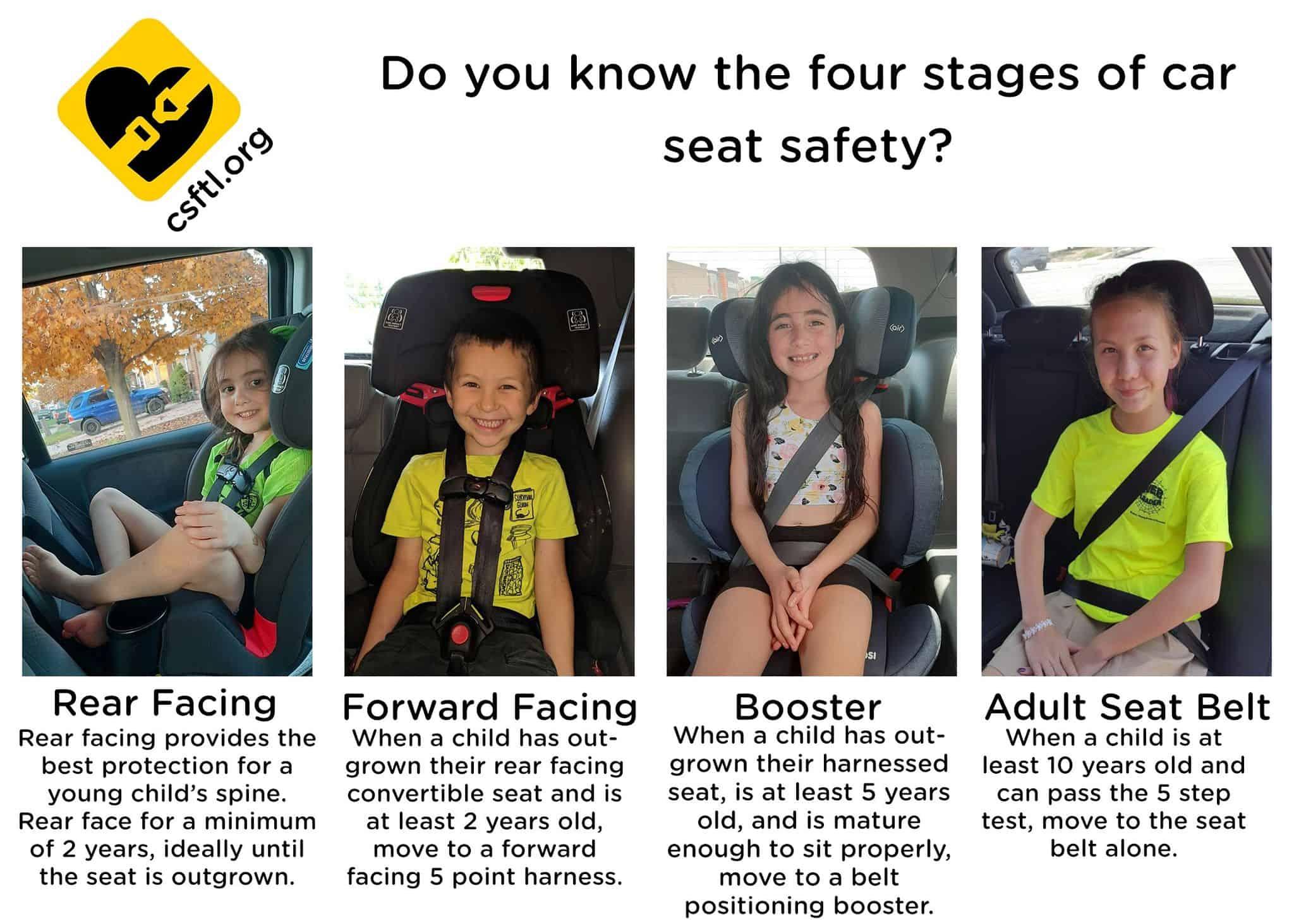
Essential Installation Tips for Maximum Safety
Ensuring your child’s car seat is installed correctly is crucial for their safety during travel. Always read the car seat manual for specific instructions tailored to your seat. It’s also essential to consult your vehicle’s owner manual for guidance on how to secure the seat properly. Consider these tips to enhance installation:
- Check for a secure fit: The car seat should not move more than an inch side to side or front to back when pulled at the belt path.
- Use the right installation method: Depending on your car seat and vehicle, you can use either the LATCH system or the seat belt; make sure you choose the one that provides the best fit.
- Adjust the recline angle: Make sure the car seat is reclined at the correct angle according to the manufacturer’s specifications for your child’s age and size.
To monitor installation safety, consider scheduling a car seat inspection. Many communities have certified technicians who can help ensure your child’s seat is properly secured. Here’s a handy reference for where you might find these checks:
| Location | Contact | Schedule |
|---|---|---|
| Local Fire Department | (555) 123-4567 | Call to book |
| Community Health Center | (555) 234-5678 | Visit website |
| National Highway Traffic Safety Administration | nhtsa.gov | Check online |
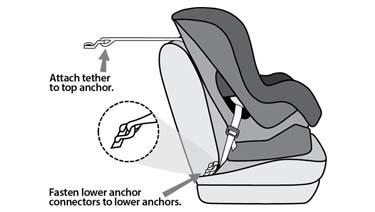
Finding Local Resources for Car Seat Checks
When it comes to ensuring your child’s safety in the car, getting a proper car seat check is essential. Fortunately, locating local resources for these checks is easier than ever. Many communities offer free car seat inspections through various organizations. Some of the best places to check include:
- Local Fire Departments: Many fire stations are equipped to perform car seat checks.
- Local Health Departments: They often hold car seat safety events and can provide information on proper installation.
- Children’s Hospitals: Many hospitals have certified Child Passenger Safety Technicians available.
- Community Centers: Look out for workshops or events focusing on child safety and car seat checks.
To make the process even simpler, you can also find online resources that list certified technicians and inspection locations. Websites like SafeKids.org or the National Highway Traffic Safety Administration (NHTSA) provide searchable directories by state. If you prefer a more personal touch, consider asking your pediatrician or local parenting groups for recommendations. Below is a handy table of online resources where you can check local car seat inspection events:
| Resource | Website |
|---|---|
| Safe Kids Worldwide | safekids.org |
| NHTSA Car Seat Locator | nhtsa.gov |
| Local Fire Departments | usfa.fema.gov |
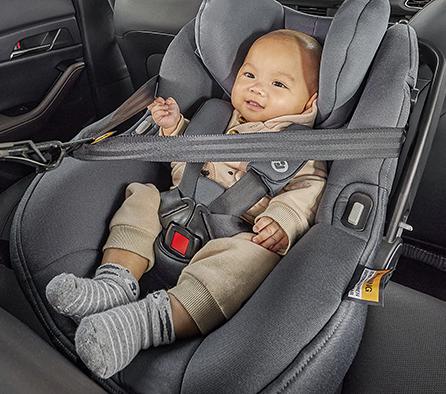
Signs Your Child’s Car Seat Needs an Update
As your child grows, it’s essential to keep an eye on their car seat to ensure it meets safety standards. Here are some key indicators that it might be time for an upgrade:
- Height and Weight Limits: Check the manufacturer’s guidelines on the car seat. If your child exceeds the height or weight limit, it’s time to transition to the next type of seat.
- Age Recommendations: Children typically outgrow infant car seats around 1 year, but many children may need different seats as they grow. Be aware of the recommended age for each type.
- Visible Wear and Tear: Inspect the car seat for any signs of damage, like frayed straps or broken buckles, which can compromise safety.
- Expiration Date: Most car seats have an expiration date marked on them. After this date, it’s crucial to replace the seat as materials may degrade over time.
Additionally, consider your child’s comfort and safety while using the car seat. If they can exit the seat easily or complain about discomfort, it’s a sign you may need to look for a new model. Remember that transitioning car seats should be based on both safety ratings and your child’s needs. Check the following key features before making a purchase:
| Feature | Importance |
|---|---|
| 5-point harness | Provides better protection in a crash |
| Side-impact protection | Reduces risk of injury during side collisions |
| Ease of installation | Ensures proper use every time |
| Adjustable headrest | Accommodates your child’s growth |
Q&A
Q&A: Tips for Car Seat Safety and Where to Get Your Child’s Car Seat Checked
Q: Why is car seat safety important?
A: Car seat safety is crucial because it significantly reduces the risk of injury or death in the event of a car accident. Properly installed and used car seats can protect your child by providing the right level of support and restraint, tailored to their age, weight, and height.
Q: When should I start using a car seat?
A: You should start using a car seat from the moment your baby is born. An infant car seat, which is typically rear-facing, is recommended for newborns. It’s essential to keep your child in a rear-facing seat for as long as possible, preferably until they are at least 2 years old or until they exceed the weight and height limits set by the manufacturer.
Q: What are the different types of car seats?
A: There are three main types of car seats:
- Infant Car Seats: Rear-facing, used for newborns and babies up to about 30-35 pounds.
- Convertible Car Seats: Can be used both rear-facing and forward-facing, suitable for children from infancy to about 65 pounds.
- Booster Seats: Designed for older children who have outgrown their forward-facing seats, typically used until the child is 8-12 years old or reaches a height of 4’9″.
Q: How can I ensure my child’s car seat is installed correctly?
A: To ensure proper installation, follow these steps:
- Read both the car seat manual and your vehicle’s manual for specific instructions.
- Use the LATCH system or seat belt to secure the car seat tightly; it should not move more than an inch when tested at the base.
- Make sure the harness straps are snug against your child’s shoulders, with the chest clip positioned at armpit level.
- Keep the car seat rear-facing as long as possible, according to the manufacturer’s guidelines.
Q: Where can I get my child’s car seat checked for safety?
A: You can have your child’s car seat checked at various locations:
- Local health departments often have resources or clinics for car seat checks.
- Fire stations and police departments sometimes offer inspections.
- Safe Kids Worldwide provides a searchable database on their website to find certified car seat technicians near you.
- Car seat retailers may also have certified staff who can assist with checks and installations.
Q: How often should I check my car seat?
A: It’s a good idea to check your car seat every few months, especially as your child grows. Additionally, each time you go on a long trip or after any accidents, take a moment to ensure it’s still secure and properly positioned.
Q: What should I do if my car seat has been in an accident?
A: If your car seat has been involved in a moderate or severe crash, it’s generally recommended to replace it. Even if there appears to be no visible damage, the structural integrity of the seat may be compromised. Check the car seat’s manual for guidance on replacing it under these circumstances.
Q: Are there any upcoming events focused on car seat safety?
A: Many communities host car seat safety events, especially during National Child Passenger Safety Week in September. Check local listings or visit websites like Safe Kids Worldwide for updates on workshops, free inspections, or educational sessions.
By prioritizing car seat safety, you’re taking an essential step in protecting your child’s well-being on the road!
The Conclusion
ensuring the safety of your child in the car is not just a priority—it’s a responsibility that every parent should take seriously. By following the tips we’ve discussed on car seat safety, you can provide your little ones with the protection they need while on the road. Remember, proper installation and usage are crucial, so don’t hesitate to take advantage of the resources available to you.
If you haven’t already, consider having your child’s car seat inspected by a certified technician. Many local organizations, including health departments and fire stations, offer free checking services to ensure that everything is secure and compliant with safety standards.
Always stay informed about the latest guidelines, as recommendations for car seat types and usage can evolve. Your commitment to your child’s safety will make every ride a secure and enjoyable experience. Thank you for taking the time to prioritize your family’s well-being. Safe travels!




